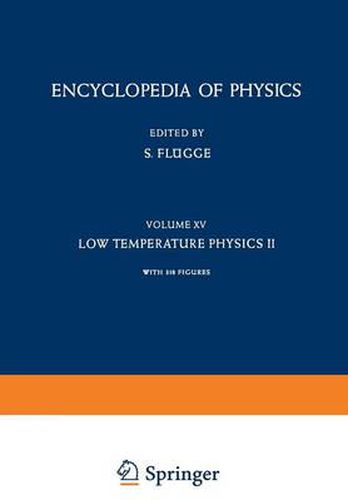Readings Newsletter
Become a Readings Member to make your shopping experience even easier.
Sign in or sign up for free!
You’re not far away from qualifying for FREE standard shipping within Australia
You’ve qualified for FREE standard shipping within Australia
The cart is loading…






This title is printed to order. This book may have been self-published. If so, we cannot guarantee the quality of the content. In the main most books will have gone through the editing process however some may not. We therefore suggest that you be aware of this before ordering this book. If in doubt check either the author or publisher’s details as we are unable to accept any returns unless they are faulty. Please contact us if you have any questions.
71 For a given value of I the field is independent of the geometrical composition of the coil inside the winding space. The actual number of turns and the cross section of the conductors is entirely determined by the impedance of the power supply to which the magnet should be adapted. In the case of low impedance (high current and low voltage) few turns of thick metal should be used. In the case of high impedance (low current and high voltage) many turns of thin material are needed. High impedance coils are made of square wire or flat strip wound into layers or pancakes 1. A nice system for low impedance coils was deve loped by BITTER. The turns of his magnets consist of flat copper discs separated by thin insulating sheets and joined together at their edges. In this type of coil the current density is higher near the axis than at the exterior, resulting into a higher value for G (see above). For the details of the construction we refer to the original papers 2, 3. If the power is dissipated at a low voltage the cooling may be achieved with the help of water. Distilled water should be preferred over mains’ water in order to prevent the magnet from corrosion. In the case of a high voltage coil some non-inflammable organic fluid should be used. A low viscosity and a large specific heat are advantageous.
$9.00 standard shipping within Australia
FREE standard shipping within Australia for orders over $100.00
Express & International shipping calculated at checkout
This title is printed to order. This book may have been self-published. If so, we cannot guarantee the quality of the content. In the main most books will have gone through the editing process however some may not. We therefore suggest that you be aware of this before ordering this book. If in doubt check either the author or publisher’s details as we are unable to accept any returns unless they are faulty. Please contact us if you have any questions.
71 For a given value of I the field is independent of the geometrical composition of the coil inside the winding space. The actual number of turns and the cross section of the conductors is entirely determined by the impedance of the power supply to which the magnet should be adapted. In the case of low impedance (high current and low voltage) few turns of thick metal should be used. In the case of high impedance (low current and high voltage) many turns of thin material are needed. High impedance coils are made of square wire or flat strip wound into layers or pancakes 1. A nice system for low impedance coils was deve loped by BITTER. The turns of his magnets consist of flat copper discs separated by thin insulating sheets and joined together at their edges. In this type of coil the current density is higher near the axis than at the exterior, resulting into a higher value for G (see above). For the details of the construction we refer to the original papers 2, 3. If the power is dissipated at a low voltage the cooling may be achieved with the help of water. Distilled water should be preferred over mains’ water in order to prevent the magnet from corrosion. In the case of a high voltage coil some non-inflammable organic fluid should be used. A low viscosity and a large specific heat are advantageous.